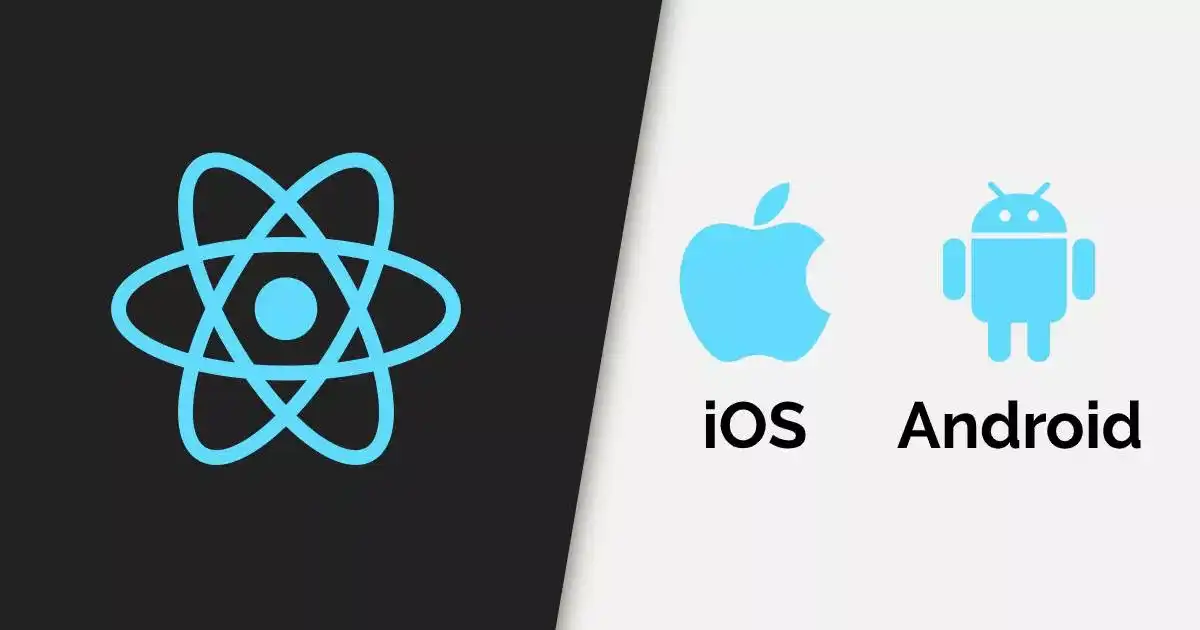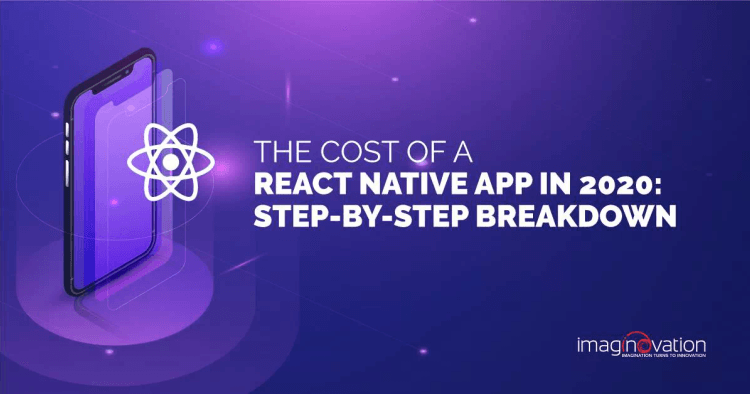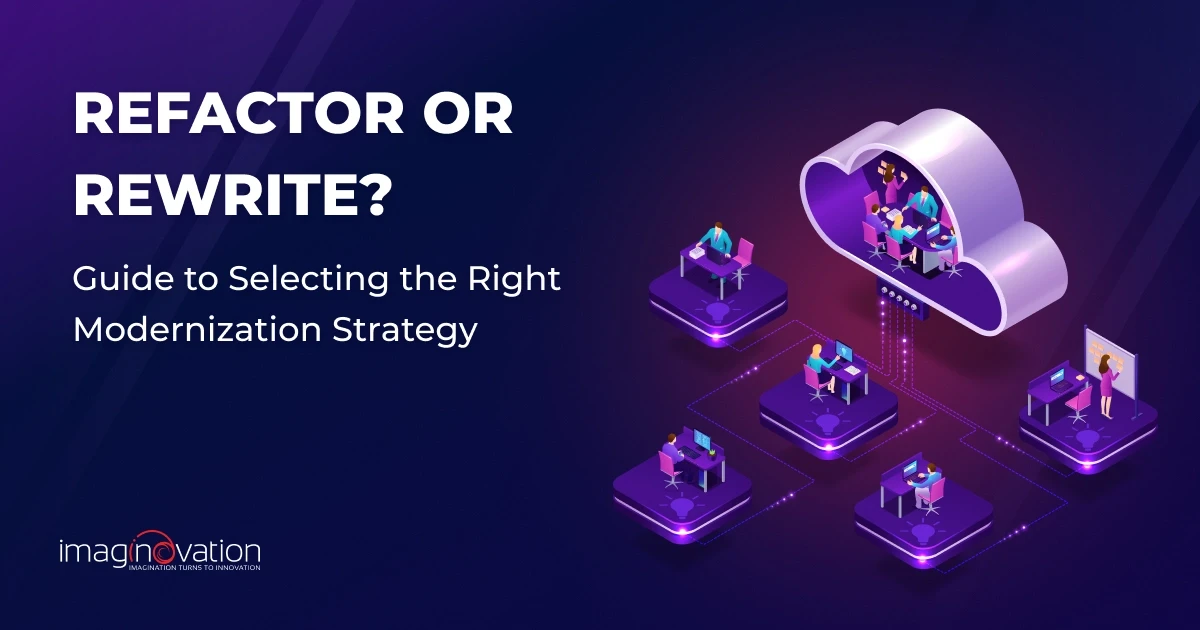Mobile apps, by the year 2024, are predicted to generate more than 935 billion U.S. dollars in revenue via in-app advertising and paid downloads (source). Now, that’s quite encouraging!
It is no wonder why there’s a gold rush to mobile application development in 2024 using the globally recognized trending app framework — React Native. What’s exciting is its flexibility and cross-platform mobile app development feature.
As more and more business owners are thinking of investing in mobile apps, it seems that app development cost is one of the most common concerns among all.
It was not so long ago when one thought about app creation on both Android and iOS that one would need to think of two entirely different native apps or create a hybrid app using an HTML5-based framework. The downsides were that they came with severe cost and usability issues.
The excellent news with mobile apps built with React Native (RN) is that they are not only cost-effective, but they also offer you a credible choice to create a cross-platform app.
Did we say that mobile apps built with React Native can resolve serious cost issues? That’s very true! So how much does a React Native app cost?
There is no single answer to this question. Just as no one-size-fits-all, we understand that your mobile app development requirements will determine the React Native pricing aspect.
In this article, we will drill down on a few facets and look at why some of the companies are using this framework, the features/benefits of the app, and several other factors that play a significant role in determining the cost of developing a React Native app.
How React Native is a Cost-Effective Solution?
Let’s start with one of the best selling points of React Native, which is its cross-platform app development feature. With React Native, the same team can simultaneously develop an app on iOS and Android that can cut labor costs roughly in half (source).
React Native framework has crossed leaps and bounds since it made its first public appearance at the React.js Con in 2015. Today, the framework is continuously perfecting its position backed by ever-growing developers’ interest.

You can build native apps like iOS and Android using React Native, a JavaScript framework. It commenced as a Facebook hackathon project developed in response to the company’s needs. The framework offers swift mobile development, and efficient code sharing across the Web, iOS, and Android without compromising experience or application quality.
All these exciting features have led to some of the world’s largest companies using the framework. Some of the most famous companies that use RN in their products include Facebook, Walmart, Tesla, and Bloomberg.
Some apps you might have heard that were built using the framework are Instagram, Pinterest, Discord, and Salesforce. As we can see, React Native is ideal for anything from social networks to enterprise software.
How Much Does React Native Cost: The Contributing Elements
Now, let’s deep dive step-by-step into React Native pricing — the framework is one of the most cost-effective frameworks in the market. So if you are looking at an affordable option to build an app, then you’ve got it – React Native is a great option.
There are quite a lot of contributing factors to the React Native development cost, which are inclusive of the complexity of the apps, your mobile app development requirements, and developer experience.
One of the critical elements is the developer experience, and usually, the hourly charges range from $100 to $125 in the US. However, if you’re on a limited budget, you can outsource your project to offshore development companies in countries like India, where the hourly rates are more affordable.
The key contributing factors to the React Native app development cost breakdown include:
- App complexity
- User authorization
- Add-ons
- App category
- App design
- Team size
- Location of the agency
- App distributions
- App maintenance and support, and more
Step 1: App Complexity
Take any app available in the stores, and you can place it in a segment ranging from low complexity to high complexity.
Some of the factors for segmentation include:
- Admin panel development: The more feature-rich you choose your admin panel to be, the more an app rises in the complexity chart logically affecting cost.
- Deployment architecture model: You will find options for Backend development like Custom or BaaS.
- In-App Purchase: The more in-app purchase options given, the more complexity of your app.
- Third-party integration: Your app may need to interact with other app’s functionality like login and payment; these integrations are a little more complicated with React Native when compared to the Native development process.
- Integration with legacy systems: You may need to connect your apps with an in-house legacy system like Enterprise apps, and they usually fall under medium to high complexity scale.
Step 2: User Authorization
If you are building an app that requires user authorization or login, the cost would be relatively more than apps that do not require the process of role-based checks that are usually set by developers.
Step 3: Add-ons
If you are planning to build a customer-centric app, then you may wish to integrate your app with social media channels and also extend some add-ons for it. These custom add-ons are an essential facet in the pricing and cost — the in-app purchases are an extra add-on.
Step 3: App Category
Your app’s elements, like functionality, number of real-time users, security considerations, and more, can determine your app category. It is quite logical that these intricacies will affect your React Native app development cost. The more feature-rich your app, the more it will cost.
Step 4: App Design
What will keep your users engaged in your application? An app that has smooth transitions to move from one screen to another, efficient user flow and well-timed animation will help for starters.
The designing of screens and user experience could be easily associated with costs. The good news — with React Native app development, the development is at much lower prices in comparison to Native app design cost — and the best part is that only one app very needs to be designed.
Step 5: Developer experience
We’ve touched upon this facet, now let’s drill down further. The cost of hiring React Native app developers would vary in case you decide to hire freelancers, associate with a mid-cap company, or partner with a high-cap company. The most cost-effective solution would be to hire freelancers, but the quality may not be efficient.
In this context, it is heartening that the interest in React Native development is growing and is likely to keep increasing. It’s the #1 framework that developers want to learn. React is also considered to be more flexible and more straightforward in comparison to AngularJS, making it poised to overtake AngularJS (source).
Regardless of developers taking an interest in React, companies’ demand for this framework outpaced the number of developers who knew React in 2018, which resulted in fewer React Native developers out in the market for the development of mobile app projects.
As per the 2018 Developer Skills Report of HackerRank, 33% of companies are looking for React skills, while only 19% of developers have an idea about the technology. The good news is that more developers have begun to learn React, and the percentage of developers who know React jumped from 20% in 2017 to 26% in 2018.
If you have to make a choice-based decision between freelancers vs. development companies — a general thumb rule would be to consider choosing a freelancer if you have a simple project in hand with a flexible completion deadline and less budget.
However, if your project is complex and you have a specific time frame, then you should consider a React Native development company.
Step 6: Agency’s Location
In the context of mobile app development cost, location plays a significant role.
When it comes to hiring React Native app developers, you may find that Eastern countries charge less than agencies in the USA or Australia. So you may prefer outsourcing your project to reduce costs.
Step 7: Distributions of App
When you consider distribution channels to deploy your app, then each would have its pricing —stores like Google Play or App Store usually charge around $100 for developer license costs.
You may also find that the apps require permissions from the host in the context of compliance with standards and security policies.
Step 8: App Maintenance
It is imperative to keep regularly updating your apps to meet users’ expectations, which cascades to user retention and engagement levels.
The app maintenance cost is estimated yearly to be around 20% of the total app development cost, which includes app updates, app bug fixes, and design changes.
Next up, let’s drill down and see why some of these companies chose the app.
Why do companies select React Native?
Table 1: Companies that chose React Native and critical takeaways
| The company | Why React Native | Key takeaways |
|---|---|---|
| Facebook Ads | A business logic to handle differences in ad formats, time zones, currencies, date formats, and currency conventions — mainly handle a big chunk of data that was already drafted in JavaScript | The app is speedy, regardless of the operations you want to perform. Clean interface with intuitive UX and simple navigation. Animations and transitions are perfect |
| Walmart | Seeking ways to improve customer experience by trying new technologies | Great performance, nearly identical to native apps, and exceptionally smooth animations |
| Bloomberg | Transition the entire organization to React Native | The app automates code refreshes, accelerating the release of new product features, instead of recompiling, your app reloads instantly |
| The decision to integrate React Native into their existing native app | iOS and Android apps shared 85% to 99% of code, depending on products, and the team could deliver the app much faster than they would have with a native solution | |
| SoundCloud | When the company started designing the second set of native apps, they faced a few obstacles — iOS developers were impossible to find, and they didn’t want to have a considerable gap between the iOS and Android releases | Positive experience — developers found it easier to work on a React Native-based application than on a native app. They were capable of building the application by themselves without frequent input from specialized mobile developers |
| Discord | They first decided to build a React Native application for iOS with a small in-house team | Sharing code between web and mobile platforms without sacrificing the user experience. Faster iteration of UI components due to storybook and hot reloading. Super helpful React Native support community |
| Townske | The decision to build a React Native app seemed entirely organic — to use React for the front end of townske.com, so the appeal of using the same framework for both native and web apps was strong | The whole road from the start to the first public release took slightly more than a month. Just a designer and developer were engaged. The large part of business logic was lifted from their web front to the mobile application |
| UberEats | Their existing framework was used to rebuild an essential part of the engineering ecosystem — a Restaurant Dashboard. The developers initially built the app for the web, and React Native seemed like a great solution. It allowed transferring the Dashboard to mobile and keeping its business logic without significant changes. | Positive experience using React Native to rebuild Restaurant Dashboard. Optimistic about the framework’s capacity to continue meeting the needs as they scale and expand their marketplace of users |
| Gyroscope | The decision to run a React Native app was natural — they were familiar with React when Facebook shipped their framework for mobile development. The idea had caught them, and they developed a new React Native application for iPhone, and also delivered an Android version. | The app displays data in two attractive, well-designed views. All tracked data is aggregated — in daily/weekly/monthly statements — and you can also pick on which things you want to focus next |
| Delivery.com | Linking their existing plug-in with a native module to connect the map up with the device’s functions like rotate, zoom, and the compass, while utilizing less memory and loading faster | If your app supports previous operating systems (and older devices), this can help you keep the app running smoothly |
The key takeaways (of course, this is not all-inclusive) highlight some of the tangible and intangible benefits, which include:
- Positive experience
- Fewer people engaged
- Smooth transition
- Attractive UI
- Cooperative React Native support community
- Great animations
- Faster development
- Codesharing, and reuse
Such positive experiences reiterate the selection of the React Native framework for the development of your app.
Turn Your Ideas into A Digital Reality
React Native app development has a definite edge in terms of the development of your app on a low budget — yes, it would be prudent to choose the framework.
At Imaginovation, we believe in no one-size-fits-all, and there are myriad factors that contribute to your React Native app development cost.
If you have an awesome app idea, get in touch with us. We are an award-winning team of web and mobile app developers with vast experience in building affordable React Native apps.
Ready to build an app, but not sure where to start?
We've got you covered. Click the button below to get started.





